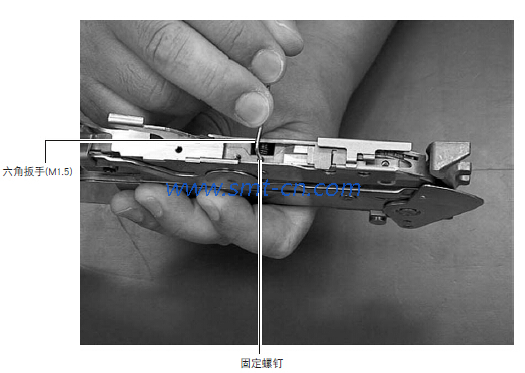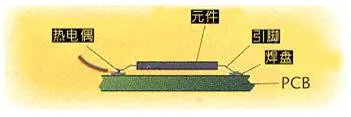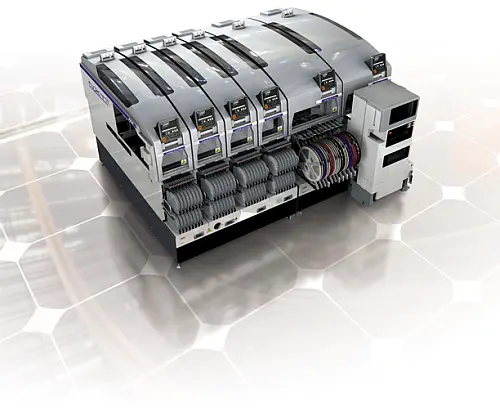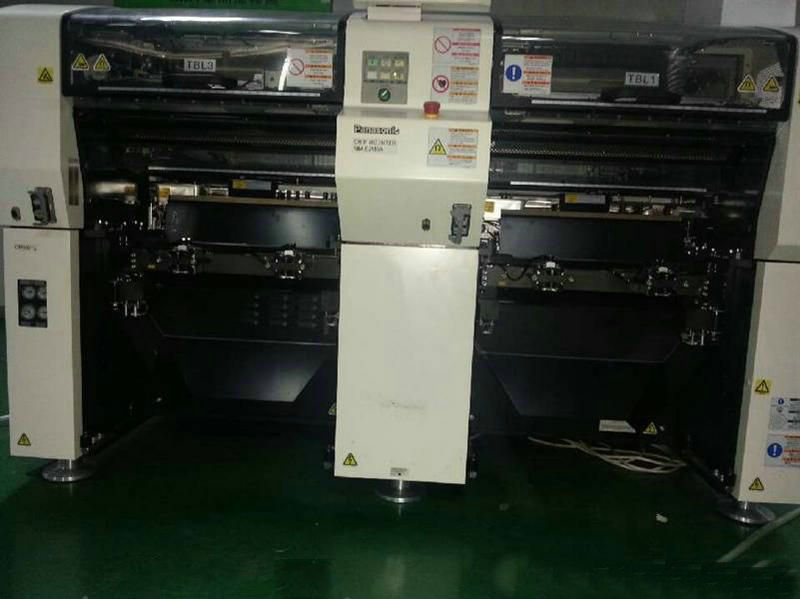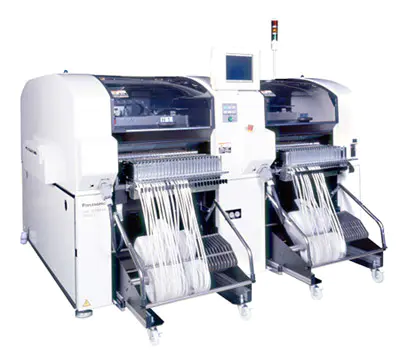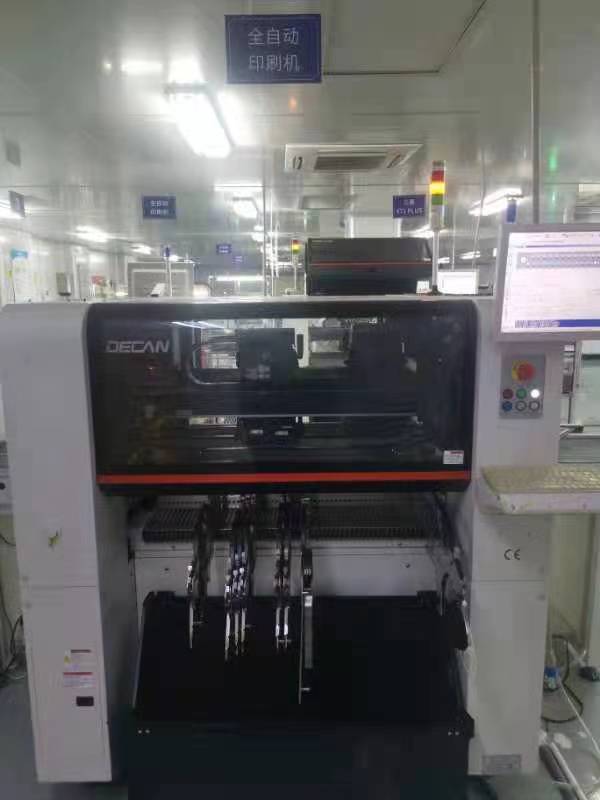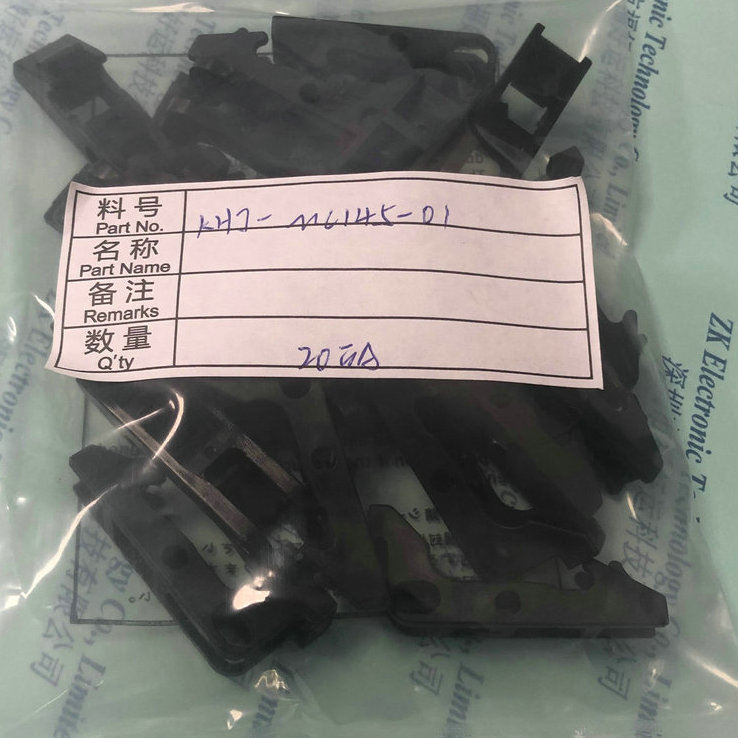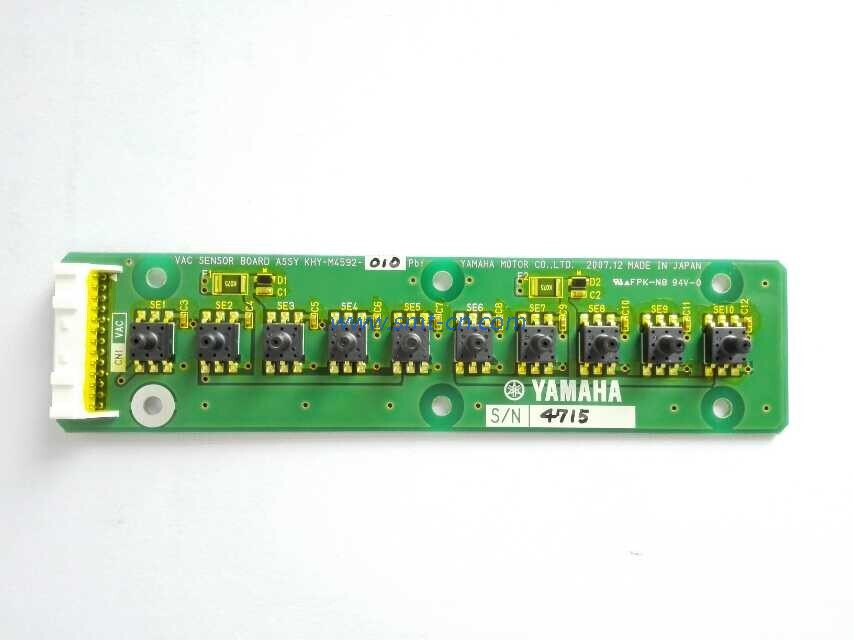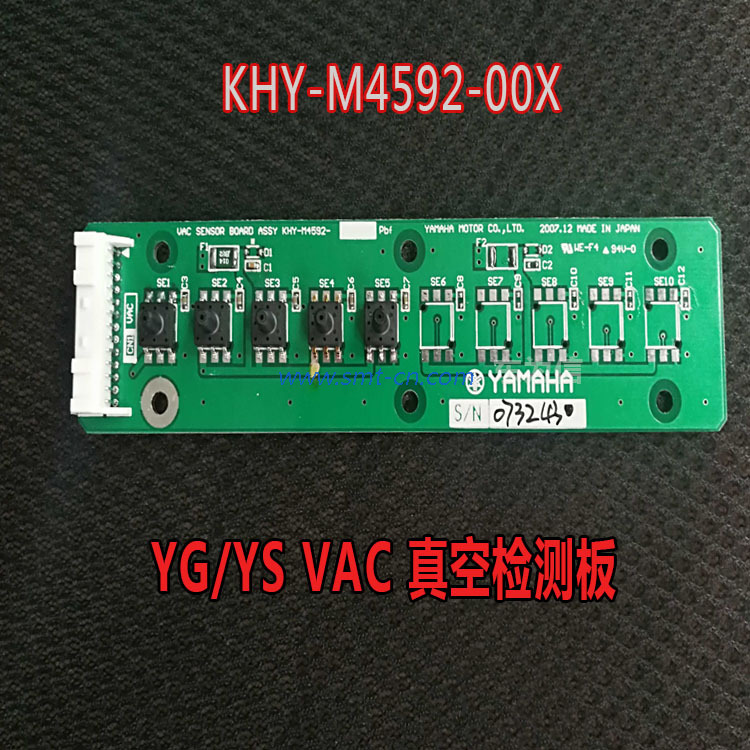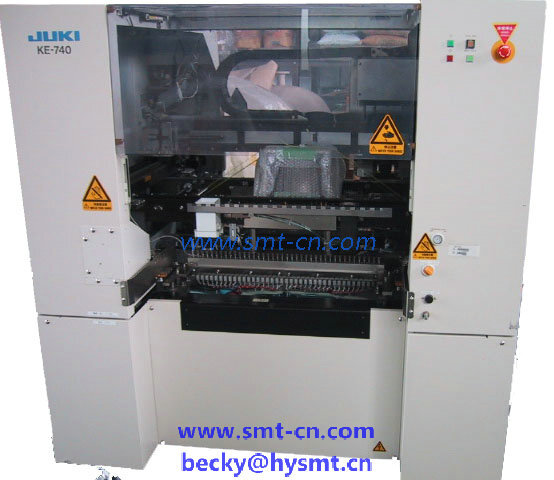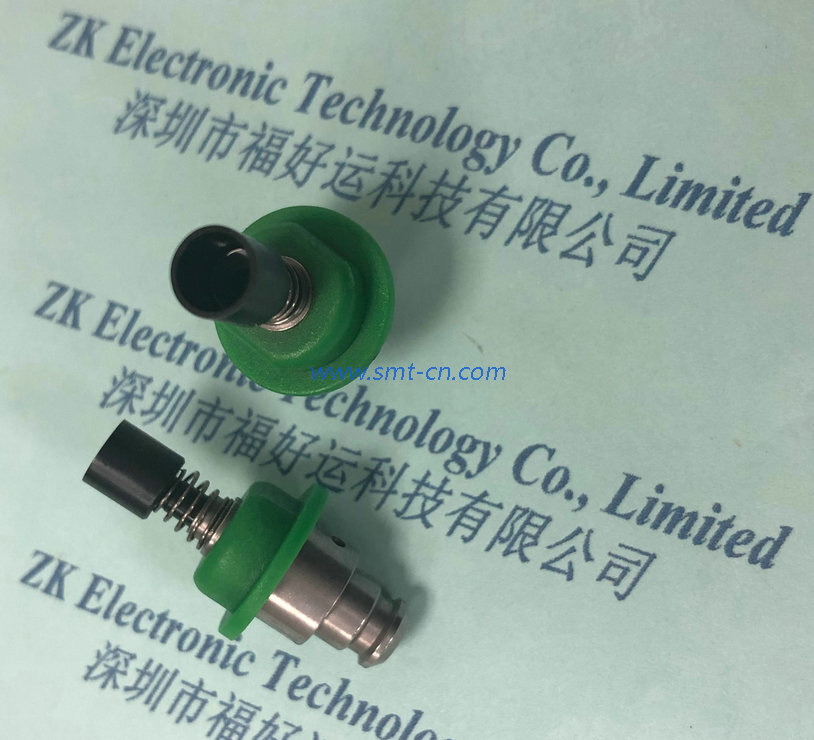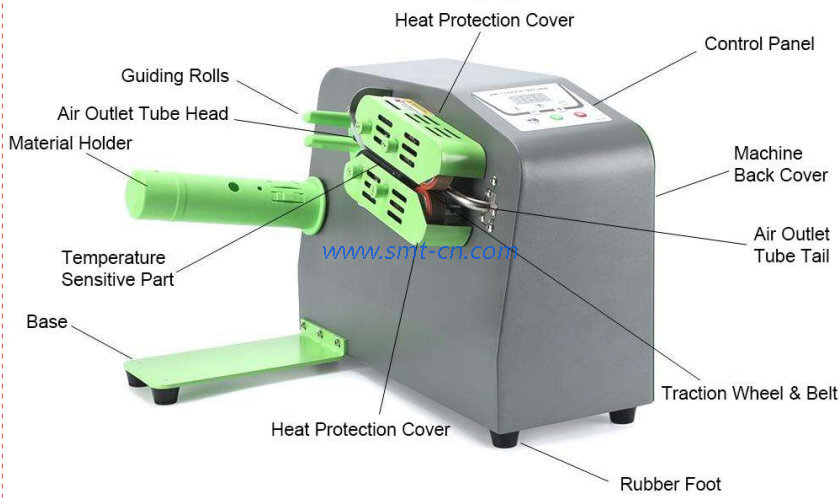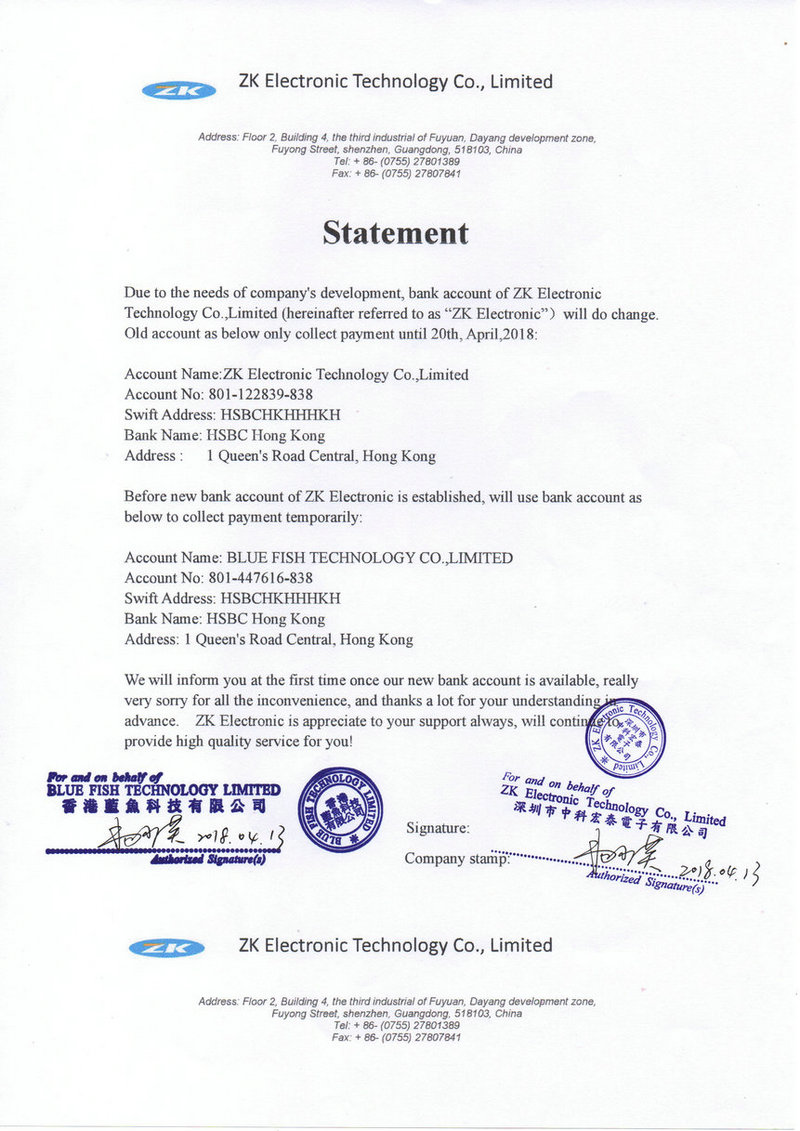NEWS
Basic requirements for lead-free solder in electronic assembly
- Categories:Industry News
- Author:Becky Su
- Origin:
- Time of issue:2023-09-02 09:52
- Views:
(Summary description)Basic requirements for lead-free solder in electronic assembly Basic processes for lead-free soldered assemblies include: a. Lead-free PCB manufacturing processes; b. 96.5Sn/3.5Ag and 95.5Sn/4.0Ag/0.5Cu eutectic and near eutectic alloy systems for solder paste applications; c. 99.3Sn/0.7Cu eutectic alloy systems for wave soldering applications; d. 99.3Sn/0.7Cu alloy systems for hand soldering applications. Although these are feasible smt process, but the implementation of several major problems, such as raw material costs are still higher than the standard Sn / Pb process, an increase in the limitations on the degree of wetting, the requirement to maintain the wave soldering process in an inert air state (to have a sufficient amount of nitrogen), and the possibility of reflow soldering temperatures to the limit of the temperature range (between 235 ~ 245 ℃) and improve the thermal properties of the various components of requirements etc. As far as lead-free alternatives are concerned, there is no universally recognized set of specifications, and after many discussions with many professionals in the field, we have come up with some technical and application requirements below: Metal Price Many assembly manufacturers require that Pb-free alloys be priced no higher than 63Sn/37Pb, but unfortunately all existing Pb-free alternatives cost at least 35% more than 63Sn/37Pb. The cost of the metal is one of the *most* important factors when choosing lead-free solder rods and wires; when making solder paste, it is not yet as sensitive to the price of the metal because the cost of the technology is a relatively high percentage of the overall manufacturing cost. Melting point Most assemblers (not all) require a solid phase temperature* as low as 150°C in order to meet the operating temperature requirements of electronic equipment,* and a high liquid phase temperature depending on the specific application. Wave soldering rods: For successful wave soldering, the liquid phase temperature should be lower than the oven temperature of 260°C. Solder wires for manual/machine soldering: the liquid phase temperature should be below the soldering iron tip operating temperature of 345°C. Solder Paste: The liquid phase temperature should be below the reflow temperature of 250°C. This temperature is the practical temperature limit for many existing reflow ovens. Many engineers require * high reflow temperature should be lower than 225 ~ 230 ℃, however, there is not a viable solution to meet this requirement. It is generally accepted that the alloy reflow temperature closer to 220 ℃ the better the results, can avoid the higher reflow temperature is * ideal, because it can make the degree of damage to the components to * low, * minimize the requirements for special components, but also can be the circuit board discoloration and warping to * low, and to avoid excessive oxidation of the pads and wires. Good electrical conductivity This is a basic requirement for electronic connections. Good thermal conductivity In order to dissipate heat, the alloy must be able to transfer heat quickly. Smaller solid-liquid temperature range Non-eutectic alloys solidify at a temperature range between the liquid-phase temperature and the solid-phase temperature, and most metallurgists recommend keeping this temperature range within 10°C in order to form good solder joints with fewer defects. If the alloy solidifies over a wide range of temperatures, there is a risk of weld joint cracking and premature equipment damage. Low-toxicity alloys and their components must be non-toxic, so this requirement will be cadmium, thallium and mercury are excluded from the scope of consideration; some also require that toxic substances can not be used by-products of refining, and therefore bismuth is excluded, because bismuth is mainly derived from the by-products of lead refining. Good Solderability The alloy should have sufficient wetting under existing equipment and no-clean flux conditions to be used with conventional no-clean fluxes. As the cost of inerting the wave is not too high, so it is acceptable to wave soldering plus inert environment conditions of use requirements; but in terms of SMT reflow, the alloy * good to have the ability to reflow under the air, because of the high cost of inerting the reflow oven. Good physical properties (strength, tensile, fatigue, etc.) The alloy must be able to provide the mechanical strength and reliability that can be achieved with 63Sn/37Pb without protruding fillet welds on through-hole devices (especially for alloys with a wide solid-liquid coexistence temperature range). Production Repeatability/Melting Point Consistency The electronic assembly process is a high-volume manufacturing process that requires both repeatability and consistency to be maintained at a high level, and certain alloys cannot be given consideration if their compositions are not repeatable under high-volume con
Basic requirements for lead-free solder in electronic assembly
(Summary description)Basic requirements for lead-free solder in electronic assembly
Basic processes for lead-free soldered assemblies include:
a. Lead-free PCB manufacturing processes;
b. 96.5Sn/3.5Ag and 95.5Sn/4.0Ag/0.5Cu eutectic and near eutectic alloy systems for solder paste applications;
c. 99.3Sn/0.7Cu eutectic alloy systems for wave soldering applications;
d. 99.3Sn/0.7Cu alloy systems for hand soldering applications.
Although these are feasible smt process, but the implementation of several major problems, such as raw material costs are still higher than the standard Sn / Pb process, an increase in the limitations on the degree of wetting, the requirement to maintain the wave soldering process in an inert air state (to have a sufficient amount of nitrogen), and the possibility of reflow soldering temperatures to the limit of the temperature range (between 235 ~ 245 ℃) and improve the thermal properties of the various components of requirements etc.
As far as lead-free alternatives are concerned, there is no universally recognized set of specifications, and after many discussions with many professionals in the field, we have come up with some technical and application requirements below:
Metal Price Many assembly manufacturers require that Pb-free alloys be priced no higher than 63Sn/37Pb, but unfortunately all existing Pb-free alternatives cost at least 35% more than 63Sn/37Pb. The cost of the metal is one of the *most* important factors when choosing lead-free solder rods and wires; when making solder paste, it is not yet as sensitive to the price of the metal because the cost of the technology is a relatively high percentage of the overall manufacturing cost.
Melting point Most assemblers (not all) require a solid phase temperature* as low as 150°C in order to meet the operating temperature requirements of electronic equipment,* and a high liquid phase temperature depending on the specific application.
Wave soldering rods: For successful wave soldering, the liquid phase temperature should be lower than the oven temperature of 260°C. Solder wires for manual/machine soldering: the liquid phase temperature should be below the soldering iron tip operating temperature of 345°C.
Solder Paste: The liquid phase temperature should be below the reflow temperature of 250°C.
This temperature is the practical temperature limit for many existing reflow ovens. Many engineers require * high reflow temperature should be lower than 225 ~ 230 ℃, however, there is not a viable solution to meet this requirement. It is generally accepted that the alloy reflow temperature closer to 220 ℃ the better the results, can avoid the higher reflow temperature is * ideal, because it can make the degree of damage to the components to * low, * minimize the requirements for special components, but also can be the circuit board discoloration and warping to * low, and to avoid excessive oxidation of the pads and wires.
Good electrical conductivity This is a basic requirement for electronic connections.
Good thermal conductivity In order to dissipate heat, the alloy must be able to transfer heat quickly.
Smaller solid-liquid temperature range Non-eutectic alloys solidify at a temperature range between the liquid-phase temperature and the solid-phase temperature, and most metallurgists recommend keeping this temperature range within 10°C in order to form good solder joints with fewer defects. If the alloy solidifies over a wide range of temperatures, there is a risk of weld joint cracking and premature equipment damage.
Low-toxicity alloys and their components must be non-toxic, so this requirement will be cadmium, thallium and mercury are excluded from the scope of consideration; some also require that toxic substances can not be used by-products of refining, and therefore bismuth is excluded, because bismuth is mainly derived from the by-products of lead refining.
Good Solderability The alloy should have sufficient wetting under existing equipment and no-clean flux conditions to be used with conventional no-clean fluxes. As the cost of inerting the wave is not too high, so it is acceptable to wave soldering plus inert environment conditions of use requirements; but in terms of SMT reflow, the alloy * good to have the ability to reflow under the air, because of the high cost of inerting the reflow oven.
Good physical properties (strength, tensile, fatigue, etc.) The alloy must be able to provide the mechanical strength and reliability that can be achieved with 63Sn/37Pb without protruding fillet welds on through-hole devices (especially for alloys with a wide solid-liquid coexistence temperature range).
Production Repeatability/Melting Point Consistency The electronic assembly process is a high-volume manufacturing process that requires both repeatability and consistency to be maintained at a high level, and certain alloys cannot be given consideration if their compositions are not repeatable under high-volume con
- Categories:Industry News
- Author:Becky Su
- Origin:
- Time of issue:2023-09-02 09:52
- Views:
Basic requirements for lead-free solder in electronic assembly
Basic processes for lead-free soldered assemblies include:
a. Lead-free PCB manufacturing processes;
b. 96.5Sn/3.5Ag and 95.5Sn/4.0Ag/0.5Cu eutectic and near eutectic alloy systems for solder paste applications;
c. 99.3Sn/0.7Cu eutectic alloy systems for wave soldering applications;
d. 99.3Sn/0.7Cu alloy systems for hand soldering applications.
Although these are feasible smt process, but the implementation of several major problems, such as raw material costs are still higher than the standard Sn / Pb process, an increase in the limitations on the degree of wetting, the requirement to maintain the wave soldering process in an inert air state (to have a sufficient amount of nitrogen), and the possibility of reflow soldering temperatures to the limit of the temperature range (between 235 ~ 245 ℃) and improve the thermal properties of the various components of requirements etc.
As far as lead-free alternatives are concerned, there is no universally recognized set of specifications, and after many discussions with many professionals in the field, we have come up with some technical and application requirements below:
Metal Price Many assembly manufacturers require that Pb-free alloys be priced no higher than 63Sn/37Pb, but unfortunately all existing Pb-free alternatives cost at least 35% more than 63Sn/37Pb. The cost of the metal is one of the *most* important factors when choosing lead-free solder rods and wires; when making solder paste, it is not yet as sensitive to the price of the metal because the cost of the technology is a relatively high percentage of the overall manufacturing cost.
Melting point Most assemblers (not all) require a solid phase temperature* as low as 150°C in order to meet the operating temperature requirements of electronic equipment,* and a high liquid phase temperature depending on the specific application.
Wave soldering rods: For successful wave soldering, the liquid phase temperature should be lower than the oven temperature of 260°C. Solder wires for manual/machine soldering: the liquid phase temperature should be below the soldering iron tip operating temperature of 345°C.
Solder Paste: The liquid phase temperature should be below the reflow temperature of 250°C.
This temperature is the practical temperature limit for many existing reflow ovens. Many engineers require * high reflow temperature should be lower than 225 ~ 230 ℃, however, there is not a viable solution to meet this requirement. It is generally accepted that the alloy reflow temperature closer to 220 ℃ the better the results, can avoid the higher reflow temperature is * ideal, because it can make the degree of damage to the components to * low, * minimize the requirements for special components, but also can be the circuit board discoloration and warping to * low, and to avoid excessive oxidation of the pads and wires.
Good electrical conductivity This is a basic requirement for electronic connections.
Good thermal conductivity In order to dissipate heat, the alloy must be able to transfer heat quickly.
Smaller solid-liquid temperature range Non-eutectic alloys solidify at a temperature range between the liquid-phase temperature and the solid-phase temperature, and most metallurgists recommend keeping this temperature range within 10°C in order to form good solder joints with fewer defects. If the alloy solidifies over a wide range of temperatures, there is a risk of weld joint cracking and premature equipment damage.
Low-toxicity alloys and their components must be non-toxic, so this requirement will be cadmium, thallium and mercury are excluded from the scope of consideration; some also require that toxic substances can not be used by-products of refining, and therefore bismuth is excluded, because bismuth is mainly derived from the by-products of lead refining.
Good Solderability The alloy should have sufficient wetting under existing equipment and no-clean flux conditions to be used with conventional no-clean fluxes. As the cost of inerting the wave is not too high, so it is acceptable to wave soldering plus inert environment conditions of use requirements; but in terms of SMT reflow, the alloy * good to have the ability to reflow under the air, because of the high cost of inerting the reflow oven.
Good physical properties (strength, tensile, fatigue, etc.) The alloy must be able to provide the mechanical strength and reliability that can be achieved with 63Sn/37Pb without protruding fillet welds on through-hole devices (especially for alloys with a wide solid-liquid coexistence temperature range).
Production Repeatability/Melting Point Consistency The electronic assembly process is a high-volume manufacturing process that requires both repeatability and consistency to be maintained at a high level, and certain alloys cannot be given consideration if their compositions are not repeatable under high-volume conditions, or if their melting points change significantly due to compositional variations during mass production. alloys made up of more than 3 compositions tend to segregate or have compositional variations that make the Melting points do not remain stable, and the higher the complexity of the alloy, the greater the likelihood of change.
Related News
CONTACT US
Hotline:(0086)755-27801389
Mobile: (0086)15323874439
Sale No.1: becky@hysmt.cn
Sale No.2: fhysmt@hysmt.cn
Sale No.3: zksale@hysmt.cn
Sale No.4: sale@hysmt.cn
Sale No.5: elsey@hysmt.cn
GIVE ME A MESSAGE
Copyright: ZK Electronic Technology Co., Ltd 粤ICP备11054297号 Powered by www.300.cn


